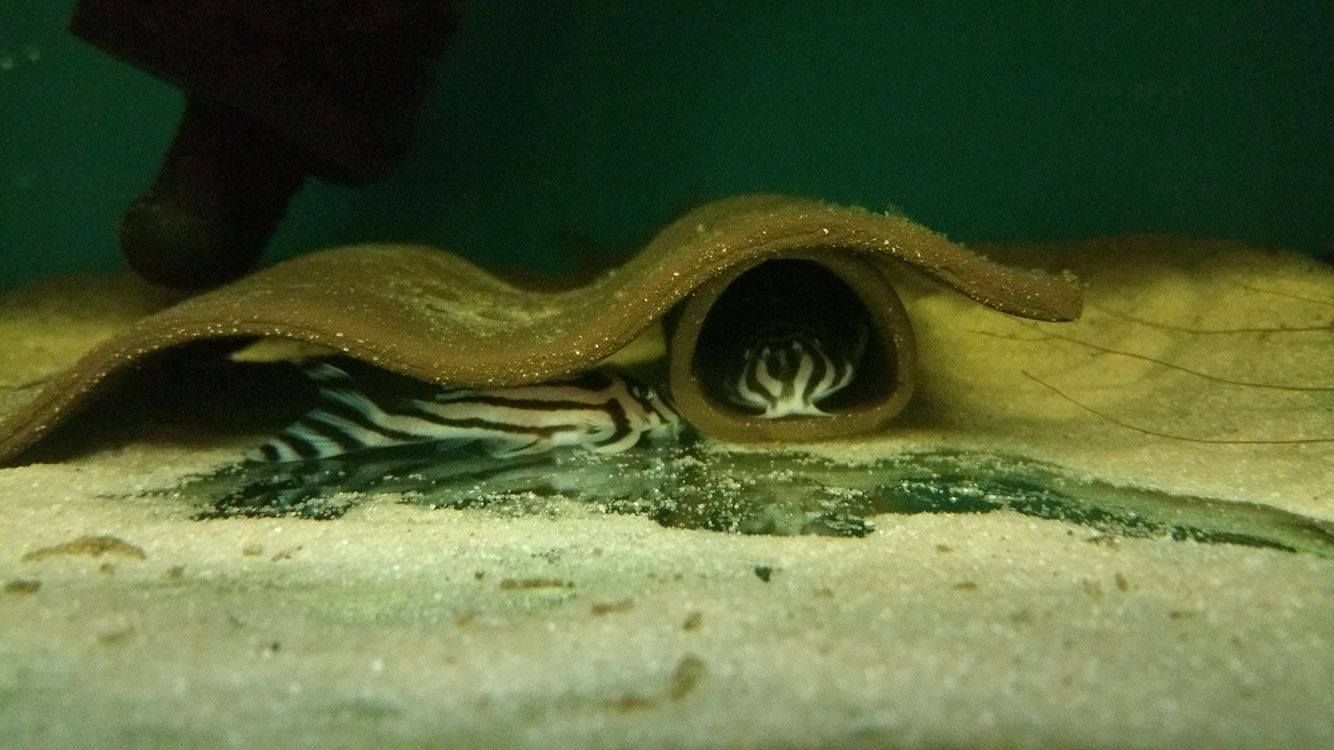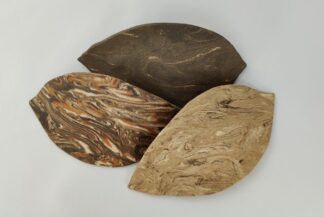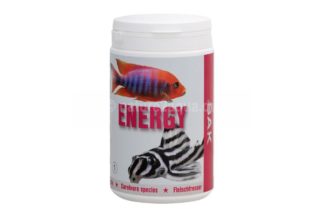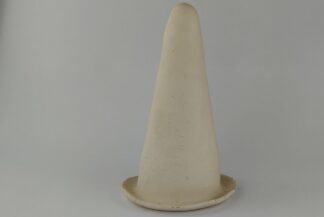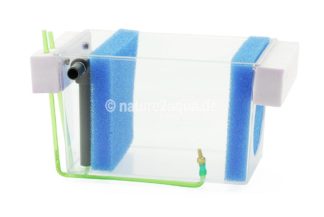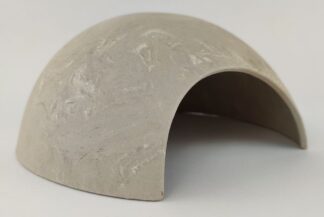For the aquarium keeping a variety of different catfish are suitable. When setting up an aquarium, it makes sense to make sure that the inhabitants fit together optimally with regard to the keeping conditions. It is therefore advisable to combine fish from certain regions that also live together in a natural environment. The aquarium furnishings can then be perfectly matched to the needs of all the animals living in it.
- Size of the aquarium
- The right temperature for a catfish aquarium
- Which substrate is best suited for catfish?
- Planting of the aquarium
- Catfish need hiding places
- Caves and tubes of clay
- Roots and logs
- Slates
- Socialization of Catfish
Size of the Aquarium
The minimum size of an aquarium for catfish depends on which species you want to keep. For smaller species like Otocinclen the aquarium should hold at least 60 – 80l. For the popular blue antenna catfish on the other hand, a tank with 80 – 200l water volume is already required. It is best to obtain information directly about the species you want to keep and then adjust the condition of the aquarium. As catfish prefer to be kept on the bottom, you should pay attention to a large floor space.
The right temperature in a catfish Aquarium
When keeping catfish in aquaria, temperature and water hardness should be based on natural living conditions. Numerous catfish species come into the German trade, especially from South America. The blue antenna catfish feels comfortable at a water temperature of 23 – 29 °C. The optimal temperature for ear grid loricariid catfish is 24 – 26 °C, but they can also be kept in the aquarium up to 29 °C.
Furthermore, Corydoras catfish are very popular for keeping in aquaria. The water temperature should be between 20 and 27 °C. For example, the Marbled Corydoras can be kept in cooler water from 20 °C, while keeping three-line Corydoras requires at least 24 °C
Which substrate is best suited for catfish?
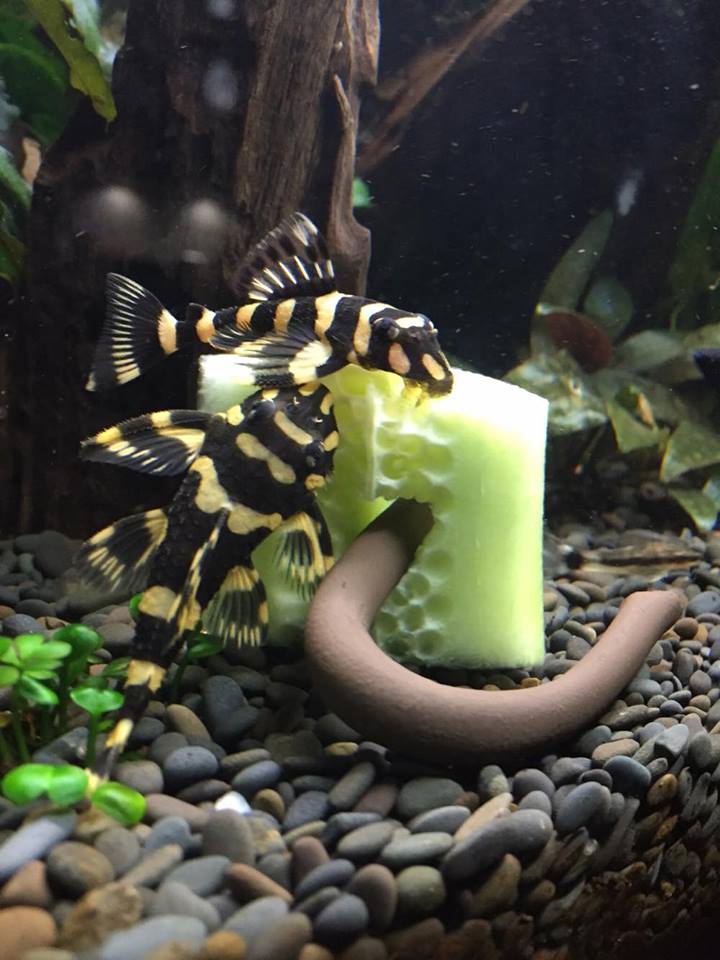
For an aquarium with catfish, sand is usually the best substrate. Many catfish browse the sand in the wild in search of food. This behaviour can be observed very well, especially with armoured catfish. Alternatively, an aquarium can be set up with fine gravel and a corner of the tank can be equipped with sand. In order to avoid mixing of the two bottoms, it is recommended to fill the sand into a bowl embedded in the gravel.
However, there are also species such as the Mountain Catfish that live in waters with flattened river pebbles. The aquarium should then be equipped accordingly. Furthermore, there is a layer of leaves at the bottom of many catfish waters. This can also be reproduced to create a natural environment for catfish that offers great hiding places. Especially Frying pan and Banjo Catfish are perfectly camouflaged in those conditions.
Planting of the aquarium
Catfish are twilight- and nocturnal animals, therefore a not too bright lighting is helpful to observe them well. The selection of plants for a catfish tank should be based on this. It should also be noted that aquarium plants can be eaten mainly by L-catfish, even if vegetables are fed. Suitable plants for a catfish tank are Cryptocoryne, Javafarn and Anubias for the reasons mentioned above. Javafarn can also be attached decoratively to roots and caves made of clay. Some Echinodorus species can also be placed in a catfish tank. It is not advisable to use CO2 fertilization, as many catfish species are sensitive to an increased CO2 content in the water.
Catfish need hiding Places
For the installation of a catfish aquarium sufficient hiding places are a mandatory requirement. Furthermore, breeding dens are absolutely necessary for the breeding of catfish. Hiding places can consist of different materials.
Caves and tubes made of clay
Caves and tubes made of clay are ideal hiding places and breeding dens. Clay has the advantage of not being watertight, unlike plastic caves, so that it can be exchanged with the surrounding water. This is especially important when breeding catfish, so that the oxygen content in the breeding caves is correct. Handmade catfish caves made of clay are particularly decorative. You can also have these made according to your own wishes. For most catfish, caves with only one opening, which should be large enough to allow the catfish to swim in and out easily, are particularly suitable as breeding caves. Tubes made of clay are popular hiding places that can be generously integrated into a catfish tank.
Roots and woods
In their natural habitats catfish like to use roots as a retreat. Various types of wood and roots are offered for aquariums. Especially suitable for species-appropriate tanks of South American catfish is bogwood. When using bogwood, you should keep an eye on the pH value of the water, as it can drop due to the high tannic acid content of the wood. Mangrove roots are also suitable for a catfish tank, but these are much harder than bogwood. A biofilm is formed on all wood surfaces, which is grazed by rasping L-catfish. Depending on the type or form of wood, roots offer a natural hiding place for your animals.
Slates
With caves and tubes made of clay in combination with slates you can build unique hiding places for catfish. Make sure that the constructions are stable so that the fish cannot hurt themselves.
Socialization of Catfish
First of all catfish should not be kept alone. At least one pair must be used when keeping L-catfish, if the aquarium is large enough, even more. Otocinclas and Corydoras catfish are sociable species, therefore they should be kept in larger groups. Optimal would be 10 or more fish, but at least 6 catfish of these species should live together in the aquarium. When socializing with other fish, for example characins, it is necessary that they have the same requirements as the kept catfish regarding water hardness and temperature. It is best to combine fish that also occur together in their natural habitat.
Merken
Merken
Merken
Merken

